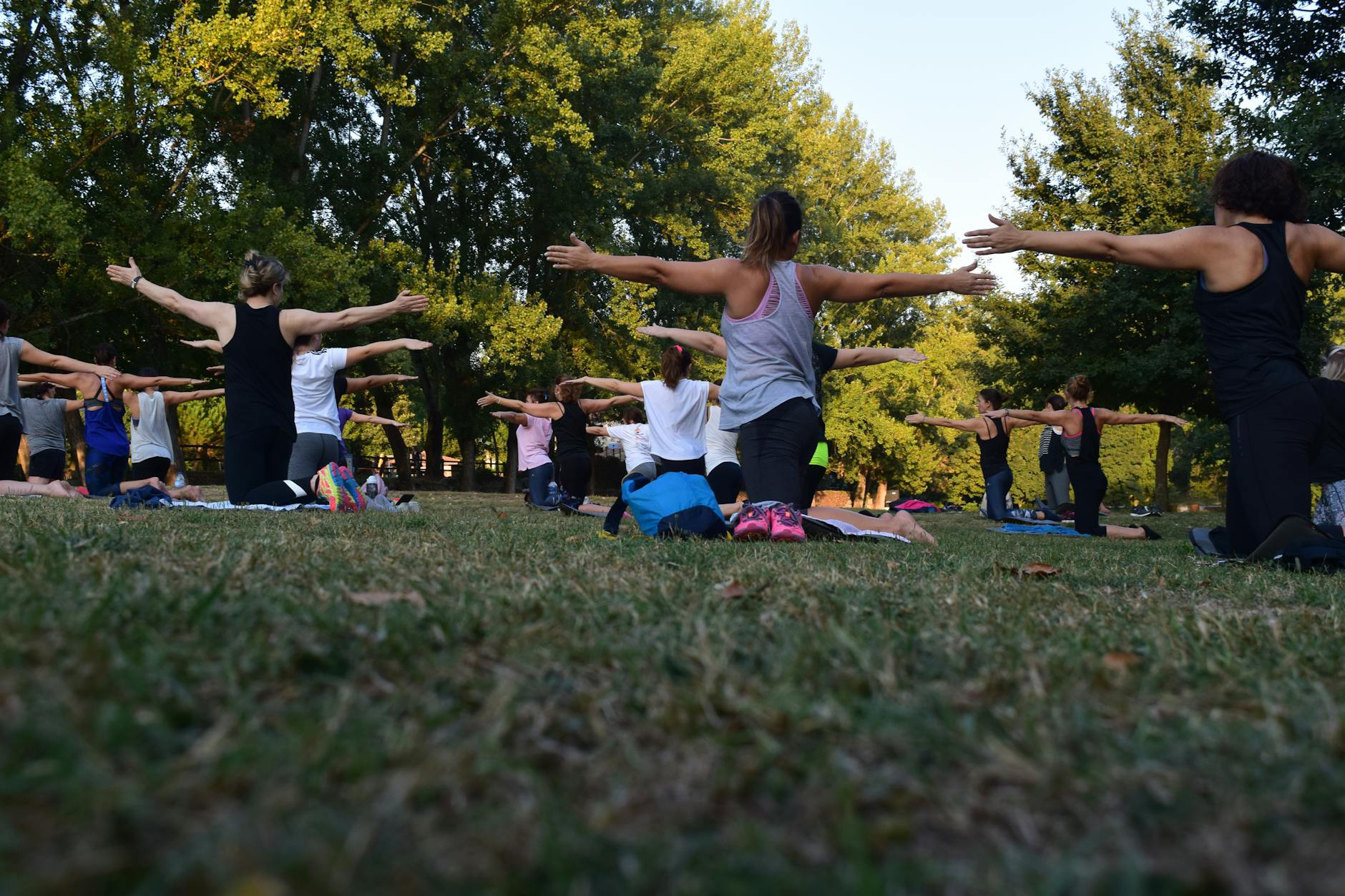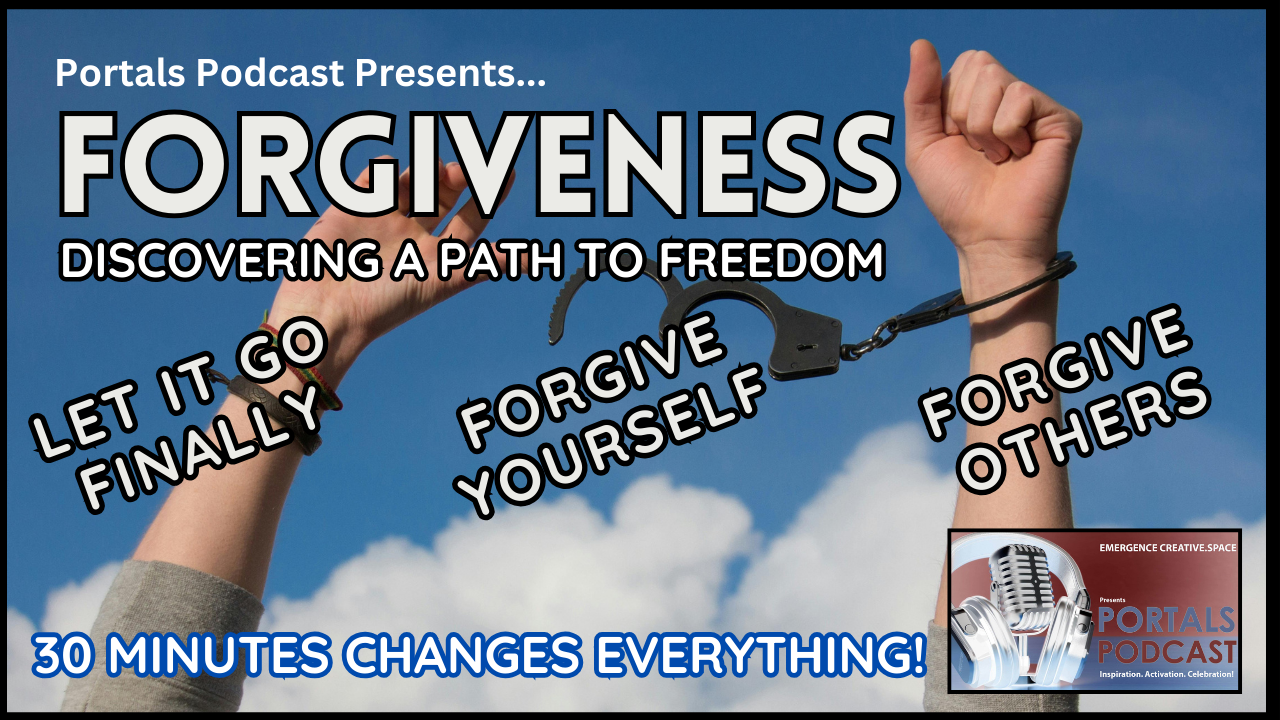
Yoga: More Than Just Poses
Imagine a practice that seamlessly blends physical strength with profound inner peace. That’s yoga. Far more than just a trendy fitness trend, yoga is a timeless philosophy that has captivated minds and bodies for centuries. It’s a journey of self-discovery, a harmonious dance between movement and stillness, and a gateway to a life filled with greater well-being.
A Journey Through Time:
The roots of yoga wind their way back to ancient India, intertwined with philosophy and spirituality.
In the Rigveda, one of the oldest sacred Hindu texts dating back to around 1700-1100 BCE, we find the earliest whispers of yoga. But it was the Yoga Sutras, compiled by the sage Patanjali around 200 BCE, that truly laid the groundwork. This profound text outlines the eight limbs of yoga, a comprehensive roadmap for personal and spiritual growth.

These eight limbs encompass a wide spectrum of practices. The eight limbs of yoga, as outlined in Patanjali’s Yoga Sutras, are:
- Yamas (Restraints): These are five ethical precepts that guide our interactions with the world around us:
- Ahimsa (non-violence): Refraining from causing harm to others, both physically and mentally.
- Satya (truthfulness): Being honest and truthful in our words and actions.
- Asteya (non-stealing): Respecting the property and possessions of others.
- Brahmacharya (moderation): Practicing self-restraint and moderation in all aspects of life.
- Aparigraha (non-possessiveness): Cultivating contentment and detachment from material possessions.
- Niyamas (Observances): These are five personal observances that promote inner discipline and well-being:
- Saucha (purity): Maintaining cleanliness of body, mind, and surroundings.
- Santosha (contentment): Cultivating a sense of contentment and gratitude.
- Tapas (austerity or discipline): Engaging in practices that purify the mind and body, such as self-study and self-discipline.
- Svadhyaya (self-study): Engaging in self-reflection, studying scriptures, and seeking knowledge.
- Isvara Pranidhana (surrender to the Divine): Cultivating a sense of devotion and surrender to a higher power.
- Asana (Postures): This limb refers to the physical postures of yoga, designed to bring strength, flexibility, and balance to the body.
- Pranayama (Breath Control): This limb involves various breathing techniques that regulate the flow of prana (life force) and calm the mind.
- Pratyahara (Sense Withdrawal): This limb involves withdrawing the senses from external distractions and turning inward.
- Dharana (Concentration): This limb involves focusing the mind on a single point, such as the breath or a mantra.
- Dhyana (Meditation): This limb involves cultivating a state of deep meditative absorption.
- Samadhi (Absorption): This is the ultimate goal of yoga, a state of blissful union with the Divine or the universal consciousness.

Over centuries, yoga has blossomed into a diverse tapestry of styles. Hatha yoga, with its emphasis on physical postures and breathwork, gained immense popularity in the West. As yoga evolved it has taken on many shifts and changes to fit the cultures it was adopted and adapted by.
But the world of yoga is vast and vibrant, encompassing styles.
Such as…
- Vinyasa: A dynamic flow that synchronizes movement with breath.
- Iyengar: Known for its meticulous alignment and use of props.
- Yin yoga: A deeply restorative practice that targets connective tissues.
The Symphony of Benefits:
The benefits of yoga extend far beyond increased flexibility and strength. It’s a symphony of advantages that resonate throughout your entire being:
- Body: Increased flexibility and strength, improved balance and coordination, pain management, injury prevention, and a boosted immune system.
- Mind: Stress reduction, anxiety relief, enhanced mood and well-being, improved focus and concentration, and a deeper understanding of your emotions.
- Spirit: A profound connection to your inner self, cultivated inner peace and mindfulness, and a blossoming of compassion and understanding.
Unrolling Your Mat: A Beginner’s Guide
Ready to embark on your own yoga adventure? Here’s how to begin:
One of the most important thing to remember is that yoga is a practice that “meets you where you are”. Meaning that you do not have to push yourself to be anything more than you are.
It is also a gradual process. take time to ease into the flow of the process. The saying “listen to your body” is an good one because it reminds us to be present with ourselves as we begin to explore a process that may be brand new to us.

- Find your rhythm: Explore different styles and find one that resonates with you. Whether you’re drawn to the dynamic flow of Vinyasa or the gentle stretches of Yin, there’s a perfect fit out there.
- Start slow and steady: Begin with basic postures and gradually increase the intensity as your strength and flexibility improve. Listen to your body and avoid pushing yourself too hard.
- Find a teacher who inspires you: A qualified instructor can provide guidance, ensure proper alignment, and create a safe and supportive environment.
- Embrace the journey: Yoga is not a race to the top. Focus on the present moment, connect with your breath, and enjoy the unfolding process.
- Make it a habit: Consistency is key! Aim for at least 2-3 sessions per week to reap the full benefits.
Beyond the Mat: Living Yoga
The true essence of yoga extends far beyond the confines of the yoga studio. Its principles can be woven into the fabric of your daily life:
- Mindfulness in motion: Bring awareness to your breath and movements throughout the day, from washing dishes to walking in nature.
- Cultivating compassion: Extend kindness and understanding to yourself and others, fostering a more harmonious world.
- Living in the present moment: Let go of past worries and future anxieties, and savor the beauty of the present.
Yoga is a lifelong journey of self-discovery, a path to wholeness and well-being. So, unroll your mat, open your heart, and embark on this incredible adventure.


